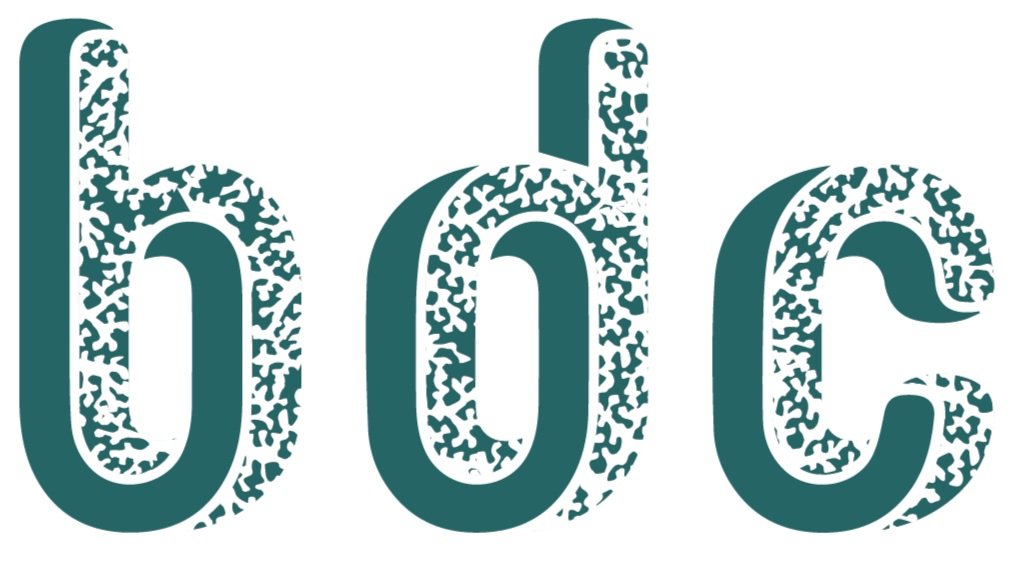Monica Palucci, BDC 2019, Fashion Institute of Technology
Monica is an apparel designer with a focus on sustainability and ethics. Though she is tied to New York City in many ways, she spends much of my time just north of it. This balance of pace and surroundings influences how she approaches her work. As a highly intentional creative, she is constantly reflecting on society’s relationship to clothing and the role of fashion. Monica’s practice and training in mindfulness meditation helps her remain grounded and aware of how she engage with fashion. Her design is led by purpose, function, and feeling while also considering a garment’s fit, lifecycle, and wearer experience.
Your thesis collection “Close to Home” blends sportswear with sustainability. What was your inspiration for focusing on sportswear?
Growing up at the center of a wilderness trail, the woods were a great source of creativity, curiosity, perspective, and healing. It wasn’t until I was preparing for my first backpacking trip in 2020 that I really began thinking about the garments that facilitate those outdoor experiences. While this category of clothing can be impressively technical, it can present a contradiction. We spend time outdoors because of its healing properties and natural beauty— yet the clothing marketed for these experiences are often the worst for the environment. While my thesis collection is not intended for technical outdoor use, it references historical gear that relied on the properties of natural materials like wool, biodegradable wax, and cotton. It also asks what it would look like to design and create reciprocally with nature rather than exploiting and damaging it.
Can you describe your BDC project Ecolastane and Share how you arrived at the idea of working with oysters?
Ecolastane aimed to create a bio-based alternative to spandex. Spandex is one of the most problematic fibers due its inability to be recycled and its extensive use as a blended fiber. However, we understood its value and that it is unrealistic to demand that everyone simply stop using it (at least not without an alternative solution). In some sense, spandex promotes a sustainable relationship to clothing: its stretchiness and resilience accommodates your body’s unique shape and natural fluctuations over time, providing longevity. It is also a lightweight, wrinkle-free material that doesn’t require ironing or a lot of water and soap to wash. To find an alternative, we looked to nature for examples of similar properties and landed on oysters. We extracted a protein found in the adductor muscle of the oyster because of its strength and stretchiness. Our hope was to produce a fiber from this protein that would perform similarly to spandex with considerable stretch and resiliency. If we could successfully do this, we would not only have a biodegradable fiber but one that utilizes a post-consumer waste stream.
In your own words, how do you define biodesign as a discipline?
Biodesign is a merging of minds from different disciplines, professions, and backgrounds. Similar to biomimicry, there is a focus on nature as a source of inspiration for solutions. However, biodesign goes beyond biomimicry—a method of being inspired by and imitating the ways of nature—to consider impact on the environment and people. Biodesign is also a community. It is its own unique discipline dedicated to building a culture that values neurodiversity, multiplicity, and collaboration.
Did your experience with BDC inform the way you design today? did you have any “discovery” moments while going through the Biodesign Challenge?
Prior to my experience with BDC, I was conflicted with the fashion industry and experiencing a cognitive dissonance that eventually led me to reevaluate my career. Getting involved in the BDC gave me a renewed perspective of what my role within the industry could look like and a revived sense of excitement for creative and collaborative problem solving. Since then, I have experimented with blending sustainable design techniques, including upcycling and engineered pattern design for zero waste.
Do you have any advice for future BDC students, specifically for thos hoping to work in the fashion/textile industries?
First, my advice would be to approach your practice with an understanding that your perspective and skills are invaluable. Do not be intimidated by disciplines different from your own. Focusing on your unique skillsets while seeking to understand those of others will add richness and relevance to your projects and discussions.
Second, don’t get too caught up in the “success” of the project. There can be a lot of hype surrounding novel sustainable solutions, but these solutions require a lot of work, time, patience, trial and error, and loads of research. The purpose of participating in the BDC is to challenge your current thinking and create a community that pushes you outside your comfort zone. There are lots of individuals you can meet in the process, so I would also encourage you to look outside of your own group to make connections, ask questions, and get curious.
resources monica recommends to people interested in learning about biodesign:
Websites/Newsletters
Books/publications
Grow the Future: Visions of Biodesign by Daniel Grushkin
Why Materials Matter: Responsible Design for a Better World by Seetal Solanki
Biodesign: nature, science, creativity by William Myers
Zero Waste Fashion Design by Timo Risanen and Holly McQuillan
Connecting the threads between ecology, culture, and spirituality Emergence Magazine
People/organizations
Images of Monica’s thesis project: Close to Home






